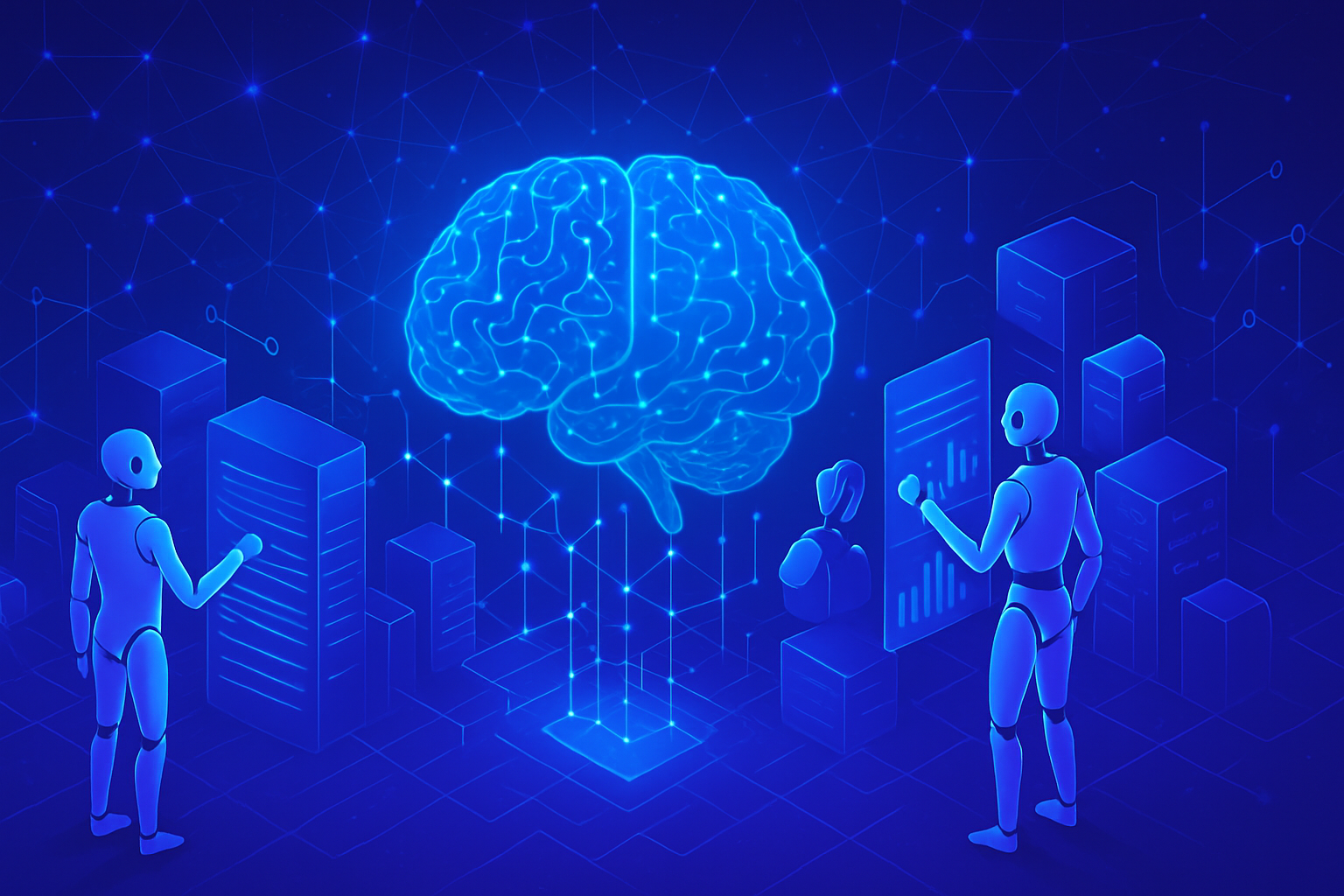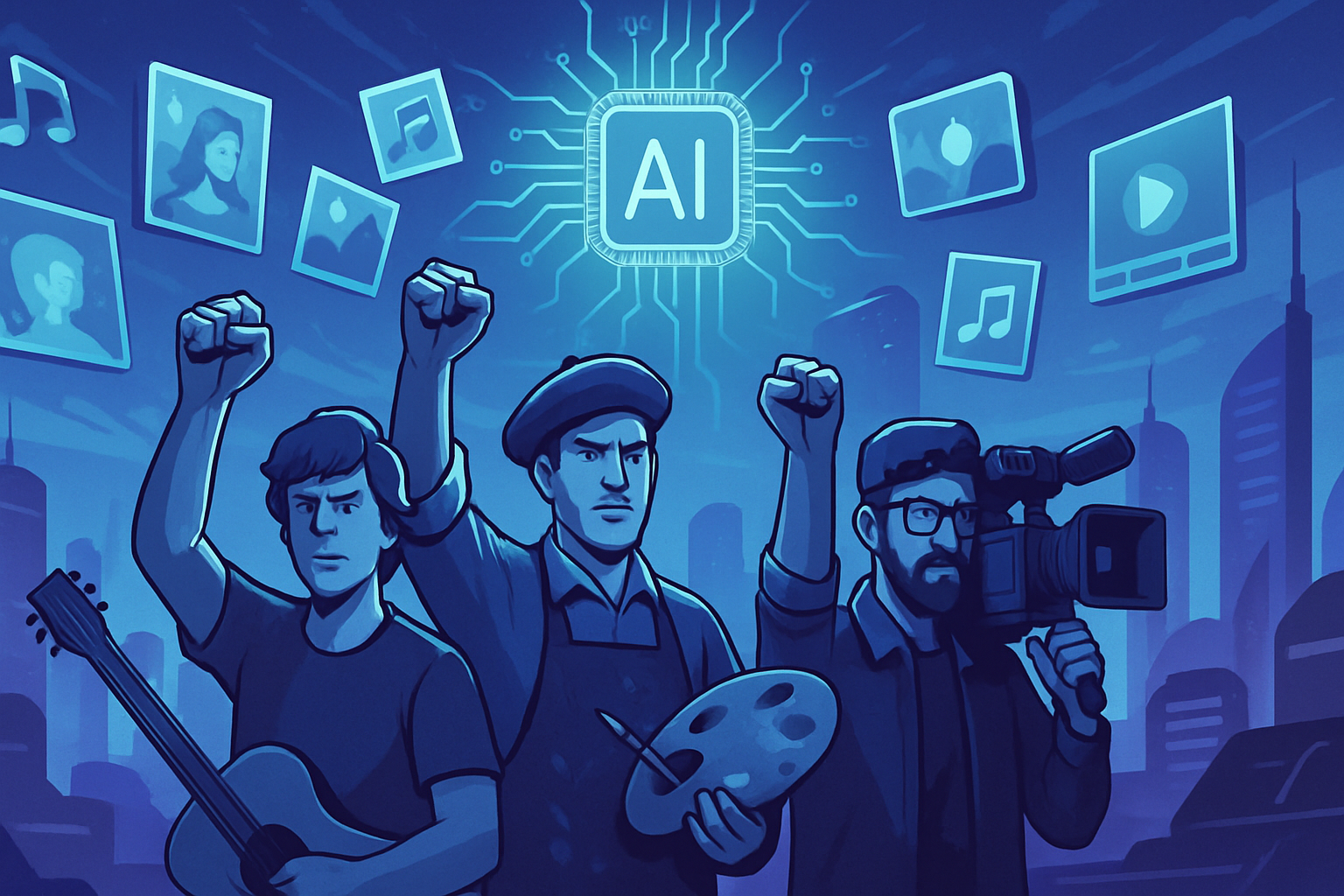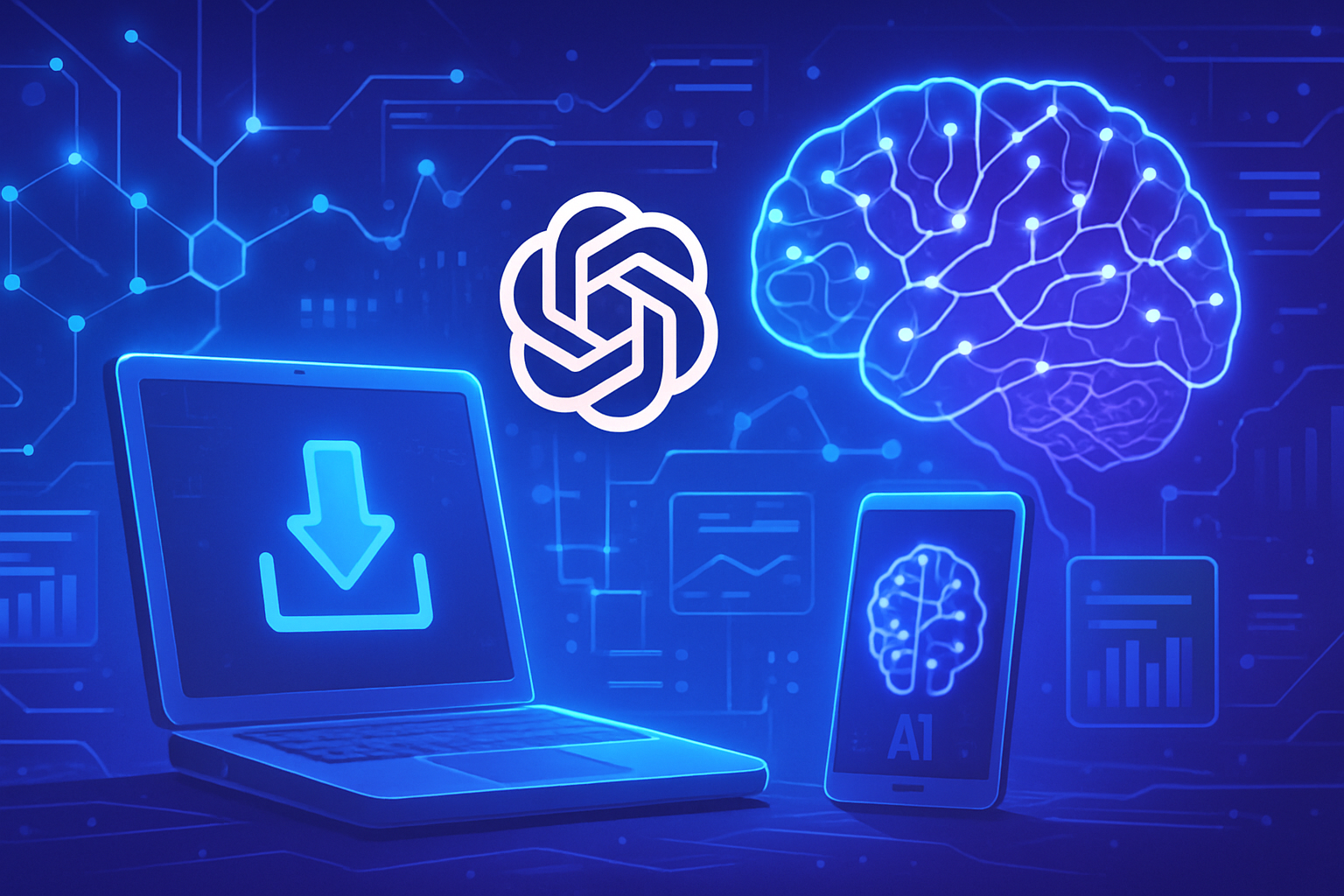Artificial intelligence is renewing itself with Tencent’s announcement regarding its Hunyuan models. These AI models demonstrate unprecedented versatility, suited for varied environments, from modest devices to demanding production systems. Compatibility with Hugging Face enriches the developer ecosystem, offering access to pre-trained and finely tuned models. Furthermore, the optimization for complex and multi-step tasks confirms Tencent’s commitment to technological excellence.
Tencent unveils its new Hunyuan model range
Tencent has expanded its collection of Hunyuan artificial intelligence models, which stand out for their versatility and extensive applications. These new models are designed to offer solid performance across various computing environments, whether in small edge devices or high-load production systems.
Set of pre-trained models
This announcement includes a comprehensive set of pre-trained and instruction-optimized models, available on the Hugging Face development platform. The models come in several sizes with parameter scales ranging from 0.5B to 7B, providing substantial flexibility for developers and businesses. Tencent specified that these models are developed with training strategies similar to its Hunyuan-A13B model, enabling them to inherit advanced performance characteristics.
Support for ultra-long context
Among the notable features of the Hunyuan series is native support for an ultra-long context window of 256K. This capability allows the models to effectively handle long text tasks, essential for analyzing complex documents, extended conversations, and generating in-depth content. The architecture also supports what Tencent calls “hybrid reasoning,” enabling users to choose between fast or reflective thinking modes according to their needs.
Optimization for agentic tasks
Tencent has emphasized the agentic capabilities of the models, optimized for complex and adaptive tasks. These models demonstrate leading results on established benchmarks such as BFCL-v3 and C3-Bench, suggesting a high competency in solving multi-step problems. The Hunyuan-7B-Instruct model, for example, achieved a score of 68.5 on C3-Bench, while its counterpart Hunyuan-4B-Instruct reached 64.3.
Inference efficiency and quantization techniques
The performance of Hunyuan models focuses on efficient inference. These models utilize the Group Query Attention (GQA) technique, which accelerates processing and reduces computational overhead. Efficiency is further enhanced by advanced quantization support, an essential component of the Hunyuan architecture designed to simplify deployment.
AngleSlim compression toolset
To improve model compression, Tencent has developed a toolset called AngleSlim. This primarily offers two quantization methods for the Hunyuan series. The first, static FP8 quantization, uses an 8-bit floating-point format and requires minimal calibration data. The second method, INT4 quantization, concludes with GPTQ and AWQ algorithms, thus optimizing inference speed without requiring model re-training.
Remarkable performance benchmark
Performance benchmarks reveal the robust capabilities of Hunyuan models. For instance, the pre-trained Hunyuan-7B model achieves a score of 79.82 on MMLU, 88.25 on GSM8K, and 74.85 on MATH. The instruction-tuned variants also show impressive results in specialized fields: 81.1 on AIME 2024 for the Hunyuan-7B-Instruct model and 76.5 on OlympiadBench for science.
Deployment and integration
Tencent recommends using established frameworks like TensorRT-LLM or vLLM for deploying Hunyuan models. This approach allows for creating API endpoints compatible with OpenAI, thus ensuring smooth integration into existing development workflows. The results, in terms of performance and efficiency, position the Hunyuan series as a significant player in the open-source AI domain.
Resources and additional information
To delve deeper into these topics, various articles highlight the impact of artificial intelligence in the modern world. Among them are the impact of businesses on the stock market, ambitious AI projects, particularly those related to political figures, and issues regarding data security.
- AAPL’s market evolution
- Social contexts influenced by AI
- The political use of AI
- Data security and AI
- Talent search in AI by Zuckerberg
Questions and answers
What are the benefits of Tencent’s Hunyuan artificial intelligence models?
The Hunyuan models offer powerful performance suited for various computing environments, ranging from compact devices to demanding systems, while allowing flexibility in model selection according to users’ specific needs.
What model sizes are available in the Hunyuan series?
The Hunyuan series offers several model sizes, with parameters ranging from 0.5B to 7B, allowing developers to choose the appropriate size based on available resources.
How do these Hunyuan models handle tasks involving long text?
The Hunyuan models feature native support for an ultra-long context window of 256K, enabling them to maintain stable performance during complex document analysis or extended conversation interactions.
What quantization methods does Tencent use to optimize Hunyuan models?
Tencent uses two main quantization methods: static FP8 quantization, which facilitates inference efficiency by converting values to an 8-bit floating-point format, and INT4 quantization, which minimizes errors while enhancing inference speed.
Are Hunyuan models suitable for low-power computers?
Yes, Hunyuan models are designed for low-power consumption scenarios, including devices such as consumer GPUs, smart vehicles, and mobile devices, while offering possibilities for economical fine-tuning.
What is the performance of Hunyuan models on benchmarks?
The Hunyuan models show high scores on various benchmarks, such as 79.82 on MMLU and 88.25 on GSM8K, confirming their competence in reasoning and mathematics.
For what tasks are Hunyuan models optimized?
The Hunyuan models are optimized for agent-based tasks, demonstrating excellent results on established benchmarks, showcasing their ability to solve complex multi-step problems.
How can I deploy Hunyuan models in my existing workflows?
Deploying Hunyuan models can be done using established frameworks like TensorRT-LLM or vLLM, facilitating their integration into existing systems while creating API endpoints compatible with OpenAI.






